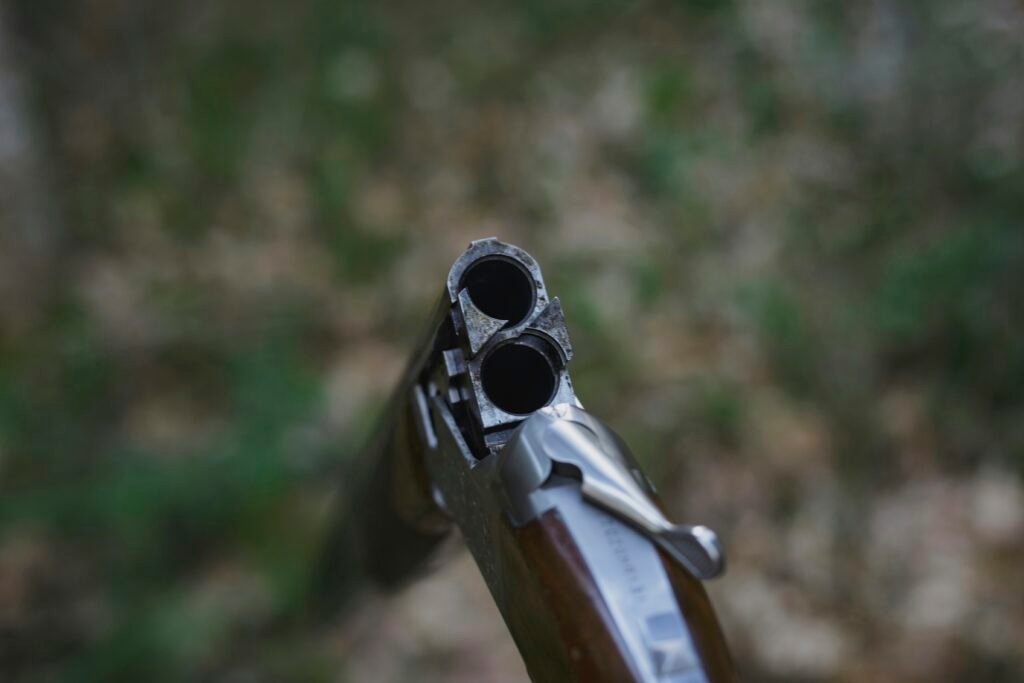Have you ever wondered how to make the most out of your time at the gun range while also honing your defensive skills?
Understanding the Importance of Defensive Training
When it comes to defensive training at gun ranges, it’s crucial to have a solid understanding of why it’s so important. The ability to effectively defend yourself and your loved ones in a high-stress situation can mean the difference between life and death. By training at a gun range specifically for defensive scenarios, you are preparing yourself for real-life situations where split-second decisions can make all the difference.
Choosing the Right Gun Range for Defensive Training
Not all gun ranges are created equal when it comes to defensive training. Look for a facility that offers specific training programs geared towards defensive scenarios. These programs should focus on developing your skills in areas such as drawing from a holster, shooting on the move, and engaging multiple targets. Additionally, make sure the range has instructors who are experienced in defensive tactics and can provide you with valuable feedback and guidance.

This image is property of images.unsplash.com.
Creating a Training Plan
Before heading to the gun range for defensive training, it’s important to have a clear training plan in place. Identify specific skills and scenarios you want to work on during each session. This could include practicing drawing and firing from a concealed carry holster, shooting while moving, or transitioning between different targets. By having a structured plan, you can make the most out of your time at the range and track your progress over time.
The Importance of Repetition
Repetition is key when it comes to defensive training at gun ranges. The more you practice a certain skill, the more comfortable and confident you will become in executing it under pressure. Make sure to dedicate a significant amount of time to practicing each skill during your training sessions. This will help solidify your muscle memory and improve your overall performance in defensive scenarios.

This image is property of images.unsplash.com.
Incorporating Realistic Scenarios
To truly prepare yourself for real-life defensive situations, it’s essential to incorporate realistic scenarios into your training. This could include scenarios where you have to draw and fire quickly from a concealed carry holster, engage multiple threats, or shoot on the move. By simulating these scenarios at the gun range, you can better prepare yourself for the chaotic and unpredictable nature of potential threats.
Utilizing Different Types of Targets
When training for defensive situations at a gun range, it’s important to use a variety of targets to simulate different threats. In addition to standard bullseye targets, consider using silhouette targets, hostage targets, or even moving targets. This will help you develop your situational awareness, target acquisition, and shot placement skills in a more dynamic and realistic setting.

This image is property of images.unsplash.com.
Working on Mindset and Mental Preparation
In addition to physical skills, defensive training at gun ranges should also focus on mindset and mental preparation. Train yourself to remain calm and focused under stress, and practice making quick and accurate decisions in high-pressure situations. This mental preparedness can be just as crucial as physical skills when it comes to surviving a potential threat.
Getting Feedback and Guidance from Instructors
Don’t be afraid to ask for feedback and guidance from experienced instructors during your defensive training sessions. Instructors can provide valuable insights into your shooting technique, tactics, and overall performance. They can also offer constructive criticism and suggest areas for improvement. By seeking guidance from instructors, you can accelerate your learning and development as a defensive shooter.
Practicing Situational Awareness
Situational awareness is a critical skill for effectively defending yourself in potential threats. Practice scanning your surroundings, identifying potential threats, and maintaining a heightened level of awareness during your training sessions. By developing your situational awareness skills at the gun range, you can better anticipate and respond to threats in real-life scenarios.
Creating a Training Schedule
To make the most out of your defensive training at gun ranges, it’s important to establish a regular training schedule. Consistency is key when it comes to developing and maintaining your defensive skills. Set aside dedicated time each week for training sessions, and stick to your schedule as much as possible. This will help you stay disciplined, track your progress, and continue improving your skills over time.
In conclusion, effective defensive training at gun ranges involves a combination of physical skills, mental preparation, realistic scenarios, and instructor feedback. By understanding the importance of defensive training, creating a structured training plan, and incorporating realistic scenarios into your sessions, you can become better prepared to defend yourself in potential threats. Remember to utilize different types of targets, work on your mindset and mental preparedness, and seek guidance from experienced instructors. With dedication, practice, and consistency, you can enhance your defensive skills and increase your chances of surviving a real-life defensive situation.
